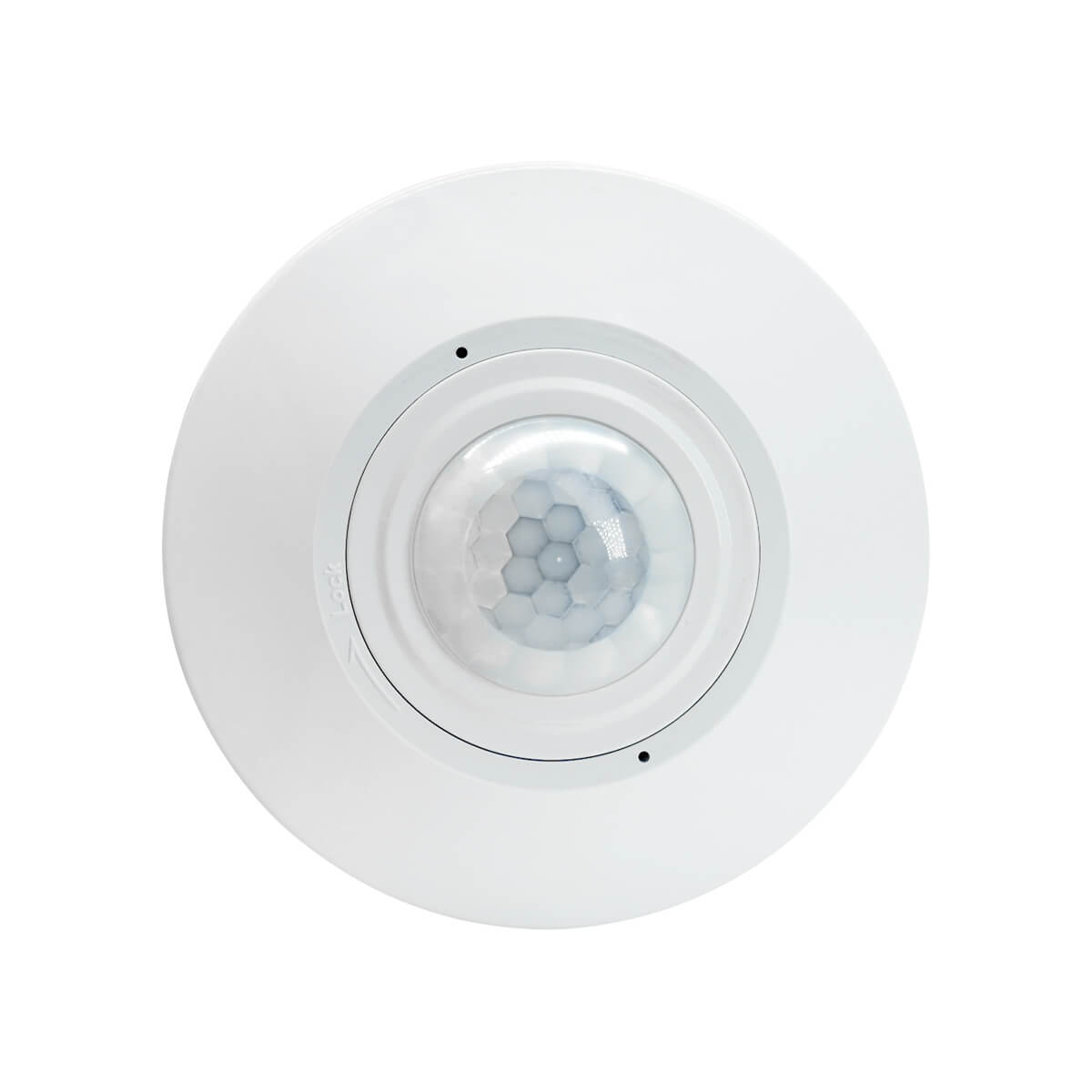What is Cosine Law
The cosine law, also known as Lambert’s cosine law or the cosine emission law, is a fundamental principle in the lighting industry. It states that the radiant intensity from an ideal diffusely reflecting surface is directly proportional to the cosine of the angle between the direction of incident light and the surface normal. This law, named after Johann Heinrich Lambert, is studied in optics and plays a crucial role in understanding how light is distributed and how it affects the illumination of a surface.
The cosine law of illumination is used to calculate the illuminance (or irradiance) on a surface based on the angle of incidence. It provides a mathematical relationship that determines the amount of light falling on a surface by considering the angle at which the light hits the surface. By optimizing the placement and direction of light sources, lighting designers and engineers can achieve the desired illumination levels and uniformity on a surface.
Maybe You Are Interested In
The cosine law of illumination is an important concept in the lighting industry as it helps in the design and implementation of lighting systems. It allows for the calculation of illuminance based on the angle of incidence, enabling the optimization of lighting conditions for various applications. Understanding the cosine law is crucial for achieving efficient and effective lighting solutions.
Get Inspired by Rayzeek Motion Sensor Portfolios.
Doesn't find what you want? Don't worry. There are always alternate ways to solve your problems. Maybe one of our portfolios can help.
Frequently Asked Questions
What Is the Difference Between Sine and Cosine
Sine and cosine, also known as sin(θ) and cos(θ), are mathematical functions that describe the proportions of sides in a right triangle. Specifically, sin(θ) represents the ratio of the length of the side opposite to the angle θ to the length of the hypotenuse, while cos(θ) represents the ratio of the length of the side adjacent to the angle θ to the length of the hypotenuse.





























